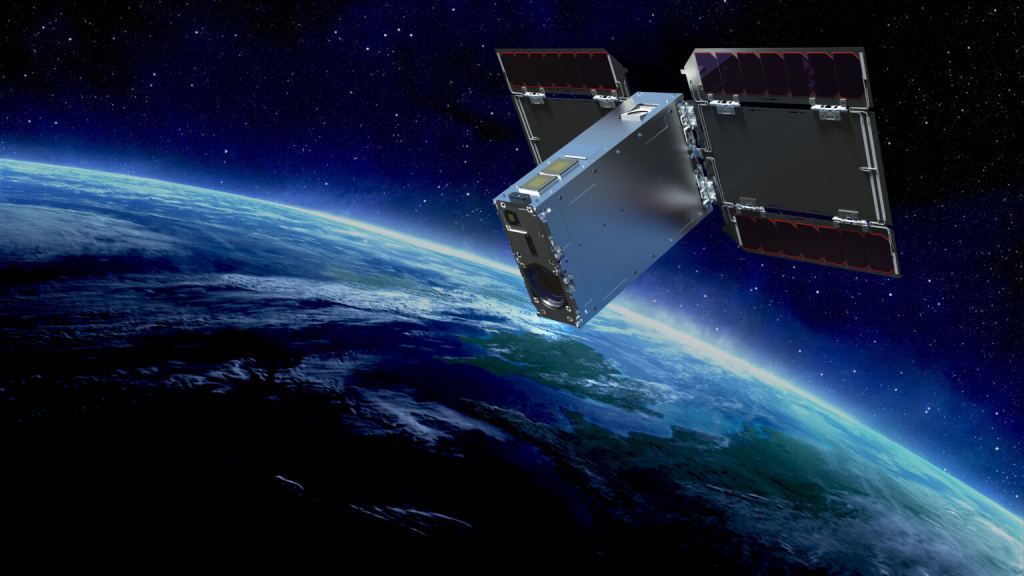Pale Blue Successfully Operates its Water-Based Propulsion System in Orbit
By Andy Tomaswick
New in-space propulsion techniques seem to be popping out of the woodwork. The level of innovation behind moving things around in space is astounding, and now a company from Japan has just hit a significant milestone. Pale Blue, which I assumed was named as a nod to a beloved Carl Sagan book, recently successfully tested their in-orbit water-based propulsion system, adding yet another safe, affordable propulsion system to satellite designers’ repertoires.
Using water to jet around space might seem relatively simplistic. However, despite its simplicity and relatively low cost, water jets for satellite propulsion systems have not yet been widely adopted. This first Pale Blue system, which launched with Sony’s EYE satellite as part of its STAR SPHERE program to take pictures of the Earth, was the first time the company successfully tested its system in space.
They did so by operating it for approximately two minutes in early March and adjusting the EYE satellite’s orbit in LEO. The thruster pushed EYE closer to an orbit from which the satellite will offer space photography services, which is the business model Sony is pursuing with the STAR SPHERE program.
Credit – Pale Blue YouTube Channel
Pale Blue itself was spun out of the University of Tokyo three years ago and is pursuing a few types of water-based propulsion systems. The one launched on EYE is known as a “resistojet” – essentially, it simply pushes water out of a tube in proportion to the angle to push the satellite where it wants to go. Simple Newtonian physics does the rest, with attitude control and forward motion both controlled by this system.
Some innovative features of the resistojet system include holding the water at a relatively low pressure and allowing it to vaporize at relatively low temperatures. It’s obvious that lots of thought had gone into the design, and now all that effort has been validated with a successful mission.
But the company isn’t going to stop there. They’re working on another type of water-based thruster that is more like an ion thruster than a simple jet mechanism. In this configuration, the water is atomized via a microwave plasma source and ejected out the back of the propulsion system, similar to a typical ion thruster. However, several patented technologies also go into this system, including the plasma generating system and the design of the vaporization chamber.
While they haven’t gotten a chance to test their ion thruster in space yet, the company is planning something even more ambitious – combining the two thruster configurations into a single hybrid thruster. Such a thruster would benefit both from the relatively strong thrust provided by the jet system and the specific impulse provided by the ion thrust system. While such a system is still a long way off from a test flight like the one just completed, the recent test puts the company on an excellent footing to continue its development. Eventually, the space propulsion industry will settle on a standard configuration, and now Pale Blue has added a new one to that mix. For now, it’s sure not to be the final say in this ongoing effort to improve how we move around space.
Learn More:
Pale Blue – Pale Blue successfully operates its water-based propulsion system in orbit
UT – Ion Propulsion: The Key to Deep Space Exploration
UT – A Cubesat Will Test out Water as a Propulsion System
UT – NASA Tests Water Powered Spacecraft in Orbit
Lead Image:
Artist’s image of the EYE satellite system in space.
Credit – Sony
The post Pale Blue Successfully Operates its Water-Based Propulsion System in Orbit appeared first on Universe Today.

April 2, 2023 at 09:44AM
via Universe Today read more...

Post a Comment